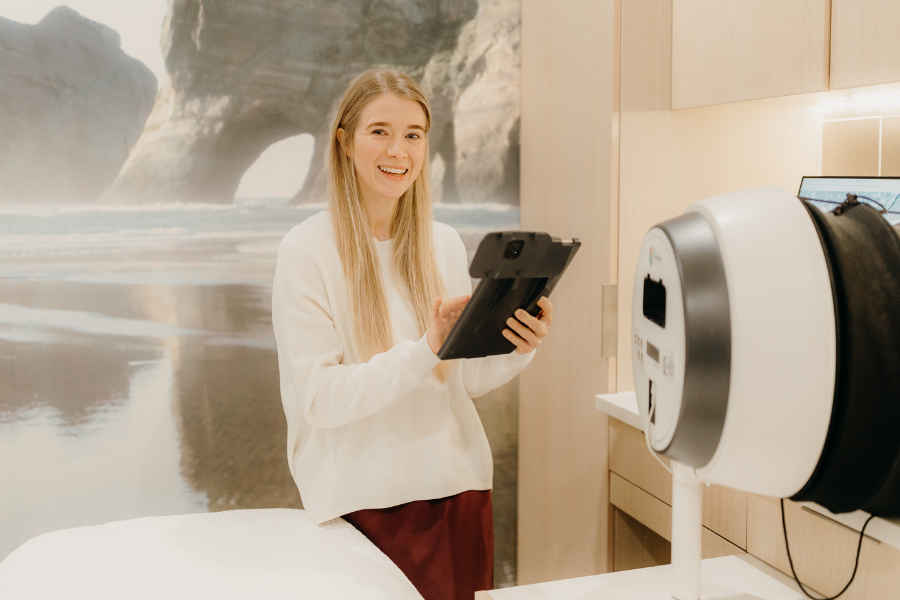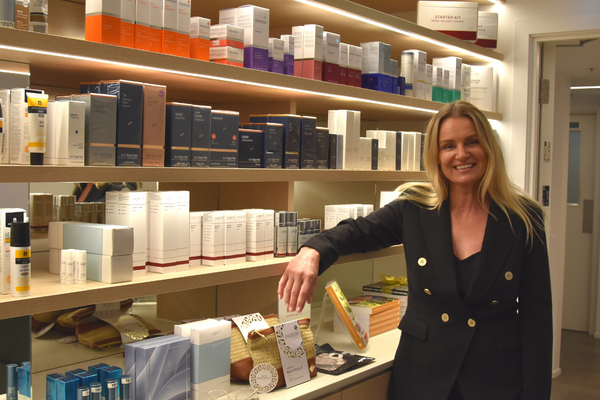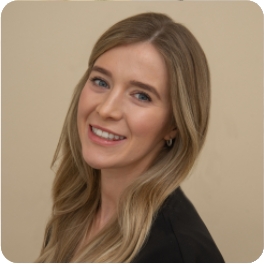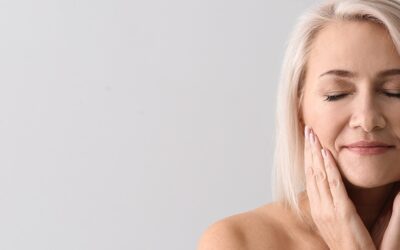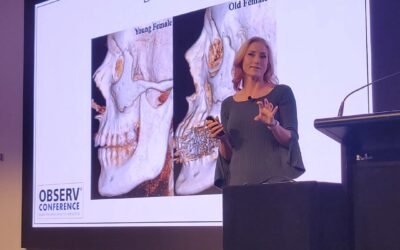Our Medical Skin Therapist Bryony addresses three of the most common ‘natural’ skin product myths head-on and explains why terms such as ‘natural’ are largely misunderstood when it comes to effective skincare…
MYTH #1 – Natural ingredients are superior to synthetic
We continue to hear that ‘natural’ trumps synthetic ingredients. The beauty/skin industry is abuzz with terms such as ‘natural’ and ‘clean’. The impression is that the ‘natural’ industry is growing at a fast pace but the reality is that natural ingredients are NOT superior.
This myth is completely untrue and one is not necessarily better than the other. Every ingredient has a place.
Synthetic ingredients are developed based on natural ingredients and their benefits.Synthetic ingredients can actually have an advantage as molecules can be structurally changed, lessening the likelihood of reactions and increasing bioavailability (the ability of a substance to be absorbed and used by the body). Delivery and stability can be improved, therefore increasing the shelf life of a product.
When people claim natural is better than synthetic, or that synthetic ingredients are harmful, I always ask what is your definition of natural? A truly ‘natural’ product would actually go rancid shortly after being made, having little to no effect on the skin and would be like a Petri dish hosting all kinds of bacteria. There is zero regulation regarding the use of the word ‘natural’ to advertise products, and many brands making this claim contain very few ‘raw natural’ ingredients. Natural ingredients can be toxic and often not ethically sourced. Palm oil and the devastating effect that this has had on wildlife is a great example of this. Natural doesn’t automatically equal better or safer.
I am certain a large number of consumers who are asking their skincare to be all-natural, eat more chemicals and synthetic ingredients in a day than what would typically be in an entire skincare range.
MYTH #2 – Chemical-free, paraben-free and toxic-free products are better for your skin
This is typical greenwashing – even I have even succumbed to it – especially whilst shopping for my daughter. People have a right to know what is and aren’t in their products. I love that we are seeing more education around ingredients but unfortunately, information is often being provided by those with a vested interest.
Notice that a large amount of product labelling includes more about what the product does NOT contain than what it actually does. We have seen this with food items and now many cosmetic brands are following suit. Often they list so many ‘toxic’ ingredients that the product doesn’t contain that you assume it must be good and inevitably steers you away from those ingredients in future. In fact, the benefit or danger of an ingredient is dose-dependent. There are ingredients that are toxic when ingested in huge doses but applying minuscule amounts to the skin is completely safe. The best example is hydroquinone. Used in high doses it has several adverse side effects and can be fatal if ingested. However, it can be an excellent and perfectly safe tool for treating skin pigmentation.
MYTH #3 – Clean & natural also means sustainable
Clean and natural are terms used interchangeably, but neither means a product is sustainable. While the beauty industry is continuing to advance in this area, we haven’t yet developed a way for products to be made completely sustainably. Sustainability goes far beyond if products are recyclable or made with recycled materials, it has to do with the impact on the environment, and the carbon footprint generated throughout all stages of production and distribution. At this point, it is mostly up to the consumer to ensure they are disposing of their packaging appropriately. Labelling and additional packaging mean often it can go straight to landfill. I would love to see less packaging, increased use of upcycled materials and products that are fully recyclable come into the industry. Until then “we are all responsible for the ethical disposal of any waste produced by a product or service we wish to consume.”
At The Face Place, where possible, all waste products are recycled, upcycled or repurposed with the help of Sustainable Salons. They are dedicated to minimising the impact on the environment whilst supporting other not-for-profit organizations and charities.



